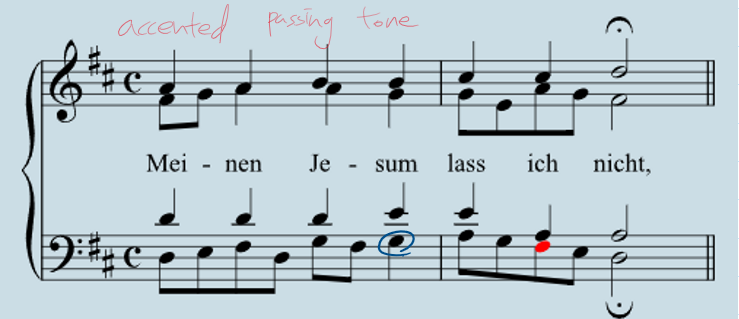the picture above is an answer to an exercise that shows unaccented passing tone. I thought the blue circled note was also an unaccented passing tone, but it is not included in the answer set. How is it not a unaccented passing tone?
above picture is an answer to 'unaccented lower neighbor tone'. I considered the blue circled note was also unaccented, and a lower neighbor tone, but the answer does not say so. why is that?

Lastly, the picture above is an answer to finding accented passing tone. the blue circled note is not said to be an accented passing tone. Maybe a passing tone must have shorter duration than preceding/following chord tones?
I beg pardon for unhealthly lengthy question!


